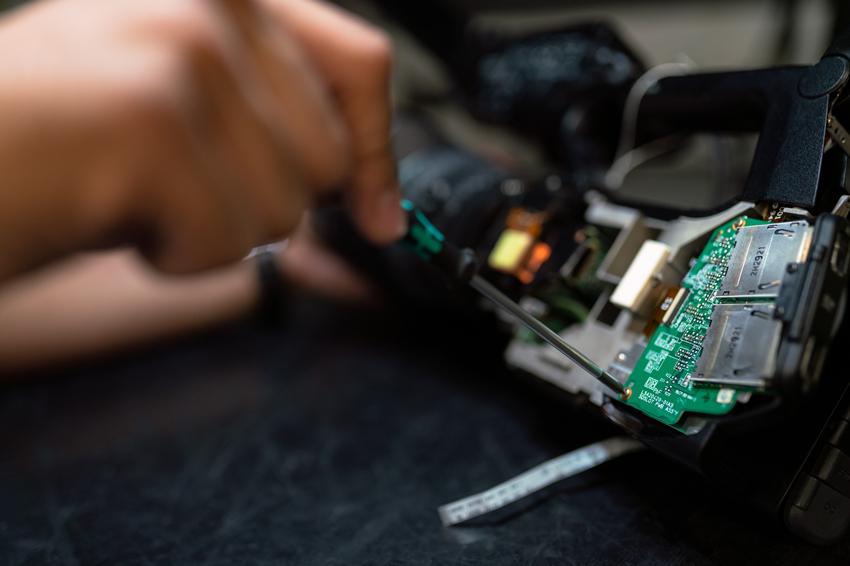
A Printed Wiring Board (PWB), also known as a Printed Circuit Board (PCB), is a fundamental component in electronics. It provides a platform for electronic components and facilitates their electrical connections.
- Composition and Functionality:
- A PWB is typically composed of a non-conductive substrate with conductive traces.
- These traces serve as pathways for electrical signals to flow between components.
- Variants of PWB:
- PWBs come in various types, including single-sided, double-sided, and multi-layered boards.
- Each type offers different levels of complexity and component density.
- PWB in Electronic Devices:
- PWBs are integral to a wide range of electronic devices, from simple household appliances to complex aerospace systems.
- They provide a stable platform for components like resistors, capacitors, and integrated circuits.
- Manufacturing Process:
- The production of PWBs involves etching conductive patterns onto the substrate, followed by component attachment.
- Modern techniques, like Surface Mount Technology (SMT), enhance precision and efficiency.
- Advantages of PWB:
- PWBs enable compact and lightweight designs, crucial in industries like mobile electronics.
- They enhance the overall reliability and performance of electronic systems.
A PWB lies at the heart of electronic devices, enabling them to function seamlessly.
Understanding its composition, types, and role in electronics is fundamental for anyone involved in the field of electronics.
With advancements in technology, PWBs continue to evolve, driving innovation and progress in the electronics industry.

